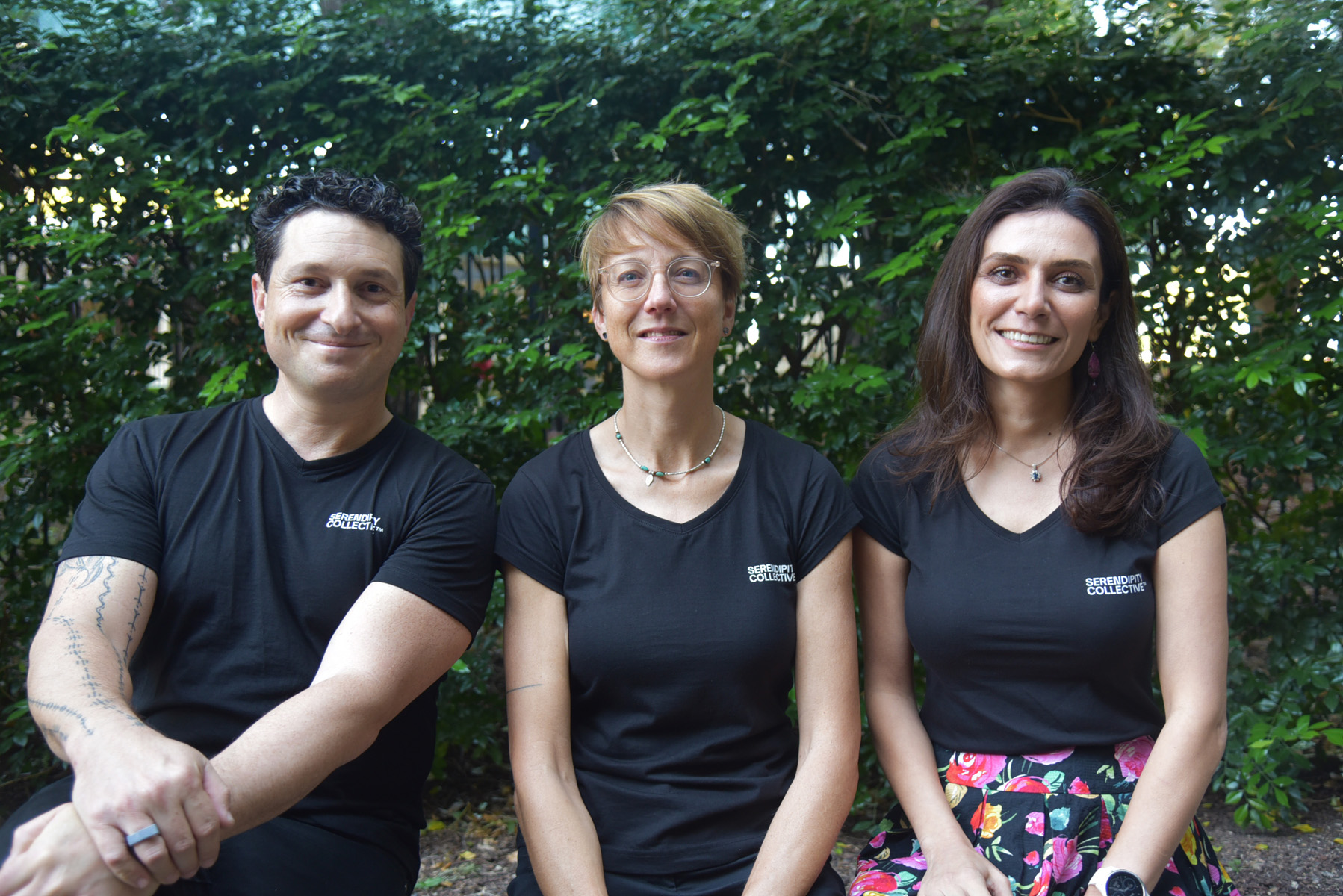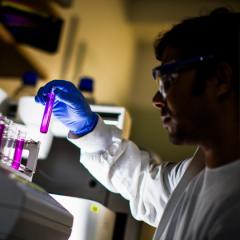Imagine a recyclable plastic that is 100 per cent bio-based, self-healing, and tough enough to withstand the rigors of outer space and the ocean.
Well wonder no more: this very idea has won a team from The University of Queensland (UQ) international recognition, and kicked off a process that could revolutionise the multibillion dollar plastics industry.

A blue-sky vision for a new, durable green polymer has been named the winning pitch at the 2024 Serendipity Collective competition in Estonia, earning researchers Dr Birgitta Ebert, Dr Nasim Amiralian, and innovation manager Alex Smith a $25,000 prize.
Dr Ebert and Dr Amiralian are researchers at UQ’s Australian Institute for Bioengineering and Nanotechnology (AIBN) while Mr Smith is the innovation pathways team lead facilitator at the Food and Beverage Accelerator (FaBA). Stay on top of our industry news and developments, events and opportunities, by joining The NetworkJoin The Network
The victory in Tallinn reflected the team’s bold, future-focused thinking in materials science and will allow them to begin developing a full research proposal to get the technology off the ground.
At the heart of the wining pitch was a new vitrimer nanocomposite: a form of plastic that blends the recycling properties of thermoplastics with the strength and durability of thermosets.
“We’re talking about material that can be used in outer space and in the ocean, and also has the ability to self-heal and be recycled,” Dr Amiralian says.
“It’s a solution that could help solve the plastic pollution problem, and make materials used in aerospace and marine more durable and sustainable.”
The Serendipty Collective is a platform hosted by creative agency IdeatePlus and supported in 2024 by the University of Tatru, Digibio, Andhra Pradesh Medtech Zone LTD, the European Union’s HORIZON Teaming for Excellence Program, and the US Office of Naval Research Global (ONRG).

Each year the collective hosts a pitching competition that empowers dreamers, scientists, visionaries, engineers, artists, and people from the humanities to bring their most audacious ideas to life and secure funding to take it to the next level.
As well as the vitrimers proposal, the UQ trio had another project shortlisted for the finals: next gen antimicrobial animal feed additives that use special compounds made in yeast and delivered through eco-friendly cellulose fibres in food.
So how does the vitrimer project work?
Vitrimers are a novel polymer class that retain network connectivity under thermal conditions, demonstrating viscoelastic properties without dissolving—unlike thermoplastics, which melt and flow upon heating.
The adaptability of vitrimers allows for self-healing, recyclability, and weldability, making the material ideal for diverse applications in electronics, biomedical, and sustainability sectors where mechanical resilience is paramount.
The UQ trio propose developing a one pot vitrimer nanocomposite that harnesses enzymes for mediating and controlling dynamic exchange reactions.
This use of enzymes avoids the use of potentially environmentally harmful catalysts and enables polymer malleability at reduced temperatures.

“Moreover, we envision the integration of these enzymes onto microbial cell platforms, such as filamentous fungi or spores,” Dr Ebert says.
“This not only serves as catalyst support but also acts as functional filler materials to biobased epoxy resins to augment the mechanical properties of the vitrimers.”
Mr Smith said this innovative approach combines biotechnology with materials science, promising sustainable solutions across industries, from soft robotics to aerospace.
“Specifically, we aim to produce durable, self-healing vitrimer materials for use in harsh conditions, such as space or marine environments, by exploiting the synergy between bio-catalysis and bio-based fillers,” he said.
“This could lead to breakthroughs in material science, offering sustainable alternatives and advancing our commitment to environmental sustainability.”


